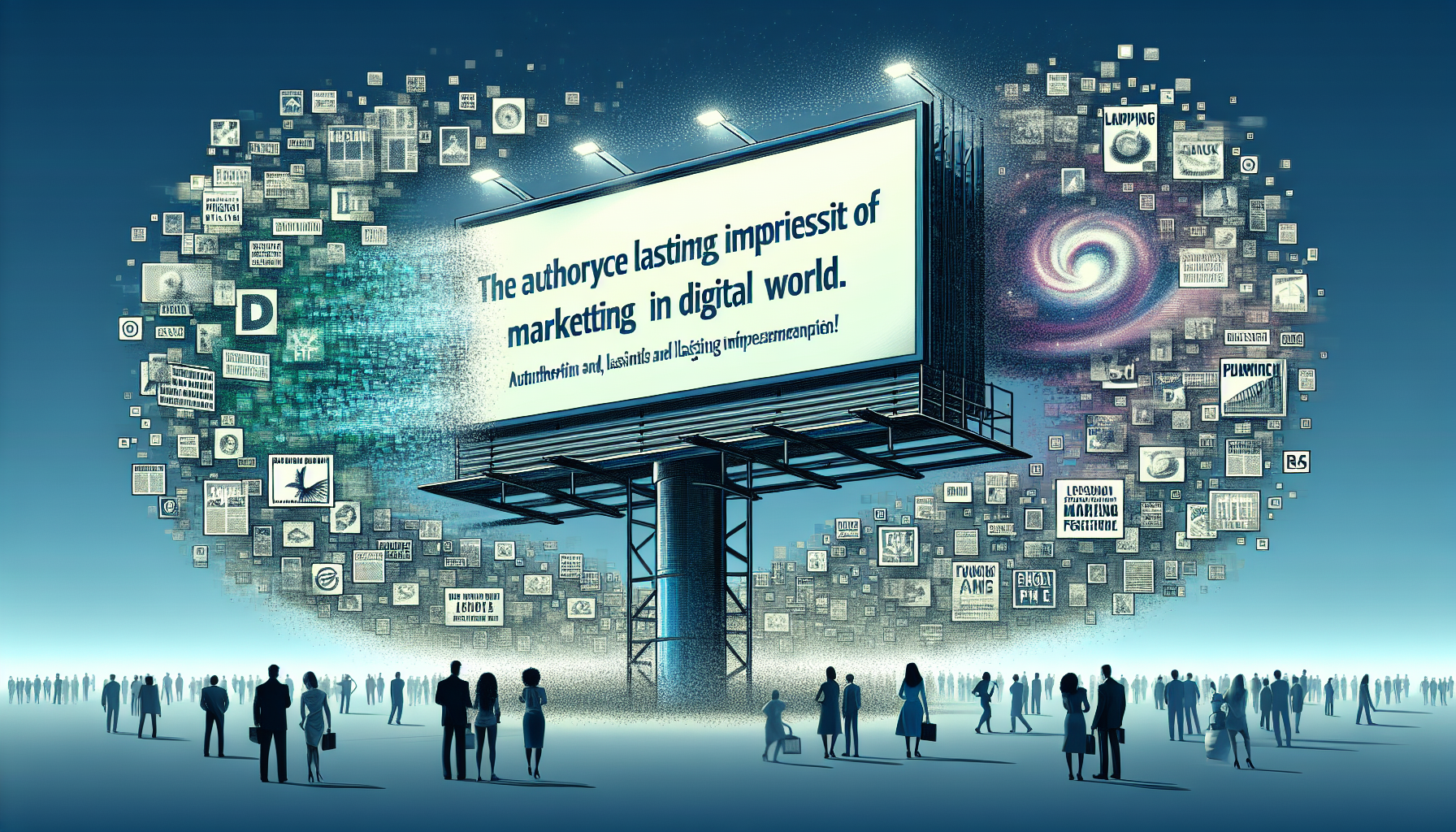In today’s digital age, it’s easy to dismiss printed marketing materials as relics of the past. With the prevalence of smartphones, tablets, and social media platforms, it may seem that digital marketing has taken over the advertising landscape. However, overlooking the power of printed marketing would be a mistake. In this blog post, we will explore the enduring relevance and effectiveness of printed marketing materials in a world dominated by digital channels.
The Tangible Connection
One of the unique advantages of printed marketing materials is their tangible nature. Unlike digital ads that can be easily scrolled past or deleted, printed materials create a physical connection with the audience. Whether it’s a well-designed business card, a beautifully crafted brochure, or a memorable billboard, printed marketing materials have the ability to leave a lasting impression on potential customers.
Enhanced Brand Recognition
Printed marketing materials play a crucial role in enhancing brand recognition. Consistent use of logos, colors, and fonts across various printed materials helps establish a visual identity that customers can easily recognize and associate with a particular brand. From business cards to flyers and banners, every physical representation of a brand contributes to its overall recognition and recall value.
Credibility and Trustworthiness
In an era plagued by online scams and phishing attempts, printed marketing materials offer a level of credibility and trustworthiness that is often lacking in digital advertising. A well-designed and professionally printed brochure, for example, can help establish a sense of legitimacy around a business or product, thereby building trust with potential customers.
Targeted Marketing
Printed marketing materials allow for highly targeted marketing campaigns. By distributing materials selectively within specific geographic areas or at events relevant to the target audience, businesses can directly reach potential customers who are more likely to engage with their products or services. This targeted marketing approach ensures a higher return on investment (ROI) as marketing efforts are focused on the most promising leads.
Physical Presence and Memorability
Unlike a digital ad that can be easily forgotten or overlooked, printed marketing materials have a physical presence that lingers in the minds of consumers. A strategically placed poster or a well-designed direct mailer has the potential to catch the attention of passersby and make a lasting impression. When compared to the ephemeral nature of digital ads, printed materials often have a greater chance of being remembered by potential customers.
Integration with Digital Marketing
While printed marketing materials offer unique advantages, they are not meant to replace digital marketing efforts. Rather, the two can be integrated to create a comprehensive and well-rounded marketing strategy. By using QR codes, personalized URLs, or social media handles on printed materials, businesses can bridge the gap between the physical and digital worlds. This integration allows customers to seamlessly transition from the printed material to the online world, providing them with a more immersive brand experience.
Refined Design and Creativity
The limitation of digital interfaces can sometimes stifle creativity in marketing campaigns. Printed materials, on the other hand, offer endless possibilities for unique and eye-catching designs. From innovative folds and die-cuts to textured papers and embossed elements, printing technologies continue to push the boundaries of creativity. These design elements not only grab the attention of potential customers but also convey the brand’s personality and values in a visually appealing manner.
The Persistence of Print
Despite the rapid growth of digital marketing, printed materials continue to thrive and evolve. Printers have adapted to changing technologies and consumer demands, offering a wide range of printing options such as eco-friendly materials, sustainable inks, and personalized printing. This adaptability ensures that printed marketing materials will remain a valuable tool for businesses to connect with their audiences for years to come.
Conclusion
Printed marketing materials are far from being rendered obsolete by digital channels. In fact, their tactile nature, enhanced brand recognition, credibility, and targeting capabilities continue to make them a vital component of any comprehensive marketing strategy. By integrating printed materials with digital marketing efforts, businesses can amplify their reach and create a more memorable brand experience. So, the next time you consider investing solely in digital advertising, think again and remember the power of printed marketing.…
Read More


